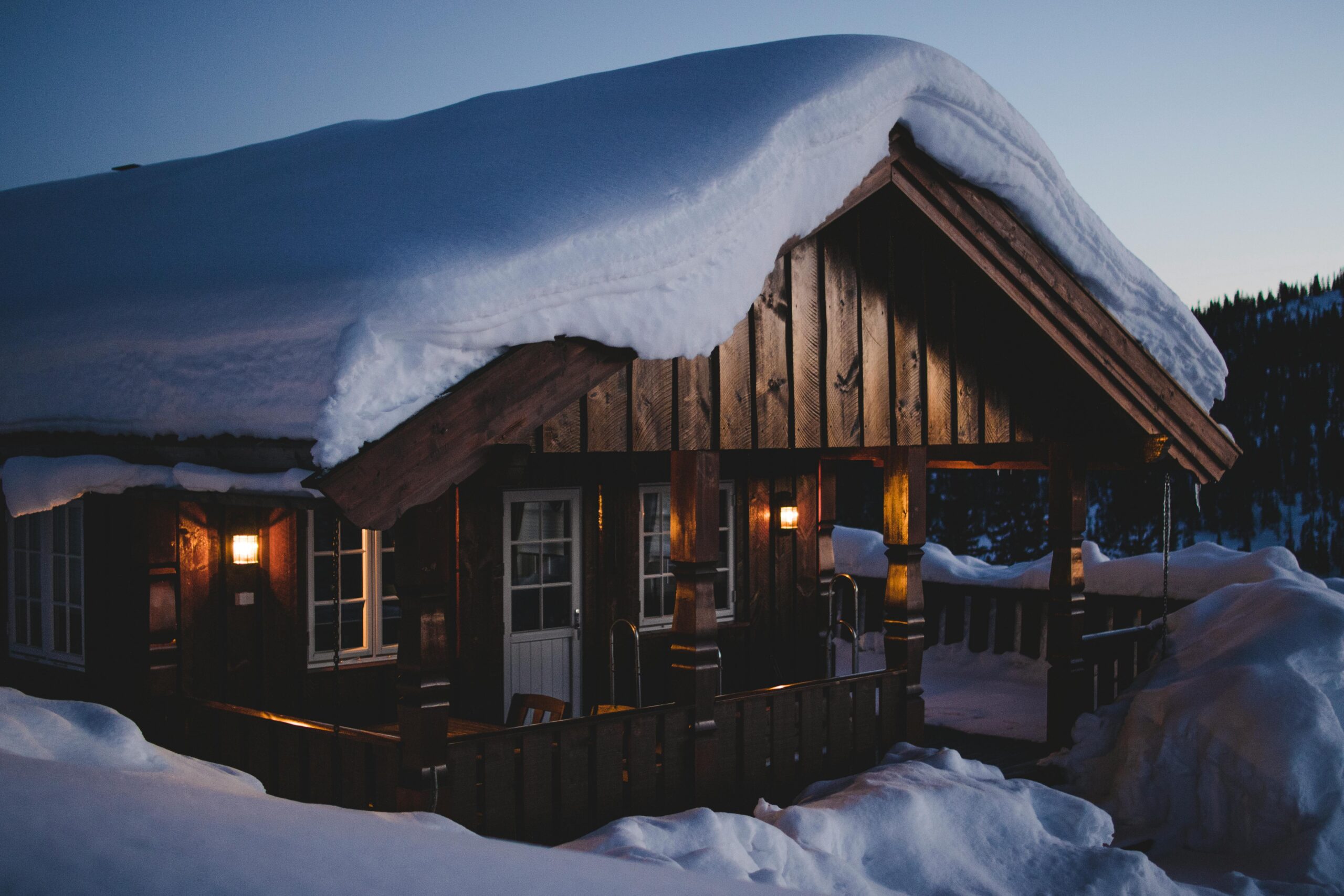There’s nothing better than a cozy cabin in the winter. But in order to have a cozy cabin, it has to be warm. So the question becomes, how do you warm up your cabin in the most practical and cost-effective way? Here are several different options and approaches:
- Wood-Burning Stove: There’s nothing better than crackling flames – the combustion and pop of wood. A wood-burning stove is a classic choice for heating cabins, providing not only heat but also an inviting ambiance. The key is to buy a good wood stove. (If you do go this route, make sure you have the proper venting and location. If you have a small cabin, it can go almost anywhere, in terms of providing adequate heat distribution. But if you have a larger cabin, you’ll want to be strategic with a central location.)
- Pellet Stove: If you’re looking for a more convenient alternative to a wood-burning stove, consider a pellet stove. These stoves burn compressed wood pellets, offering efficient heat with minimal hassle. Simply load the pellets into the stove’s hopper, adjust the settings, and enjoy consistent warmth throughout your cabin. Pellet stoves are also cleaner and easier to maintain than traditional wood stoves, making them an attractive option for many cabin owners.
- Propane Heater: For cabins without access to wood or electricity, propane heaters provide a reliable heating solution. These heaters come in various sizes and styles, from portable units to wall-mounted models. Propane is readily available and can be stored in tanks onsite, ensuring you’re never left in the cold. Just be sure to follow safety precautions when using propane heaters, such as proper ventilation and regular maintenance.
- Electric Baseboard Heater: If your cabin is equipped with electricity, electric baseboard heaters offer a simple and effective heating solution. These heaters are installed along the baseboards of each room and operate quietly to provide consistent warmth. Electric baseboard heaters are easy to control, allowing you to adjust the temperature in individual rooms to suit your preferences. While they may be more expensive to run than other heating options, electric baseboard heaters are a convenient choice for cabins with access to power.
- Solar Heating: Embrace sustainable living with a solar heating system for your cabin. Solar panels installed on your cabin’s roof collect energy from the sun, which is then used to heat air or water for distribution throughout the space. While the initial investment can be significant, solar heating systems can drastically reduce your reliance on traditional energy sources and lower your utility bills over time. Plus, you’ll enjoy the satisfaction of knowing you’re reducing your carbon footprint while staying warm and cozy.
- Hydronic Heating: If you’re building a new cabin or undertaking a major renovation, consider installing a hydronic heating system. This system utilizes hot water circulated through pipes in the floors, walls, or ceilings to provide radiant heat throughout the cabin. Hydronic heating offers amazing comfort and energy efficiency, as the heat is distributed evenly and can be controlled with precision. While the installation costs may be higher upfront, hydronic heating systems can save you money in the long run by reducing your energy consumption.
- Geothermal Heat Pump: Harness the Earth’s natural energy with a geothermal heat pump for your cabin. These systems utilize underground heat to warm your cabin in the winter and cool it in the summer, providing year-round comfort with minimal environmental impact. While geothermal heat pumps require a significant investment upfront, they offer long-term savings on energy costs and may qualify for tax incentives or rebates. Plus, you’ll enjoy peace of mind knowing your cabin is powered by renewable energy.
Adding it All Up
No matter which heating option you choose for your cabin, prioritizing comfort, efficiency, and sustainability will ensure you stay warm and cozy throughout the winter months.
The key to this is to select a heating option that you understand and are comfortable with. For example, if you have a ton of guests come stay at your property while you aren’t there, you might not want to use a heating source that has an open flame. Instead, you’ll probably want something a little simpler with less of a fire risk. But if you’re the only one who stays there, you might prefer the crackle and pop of a wood burning stove.
There’s not a right or wrong answer – it’s mostly personal preference. With that being said, do your due diligence and choose wisely!











